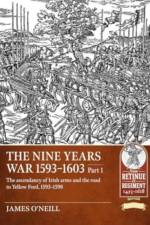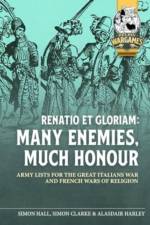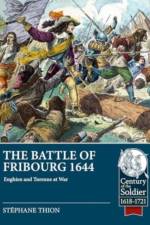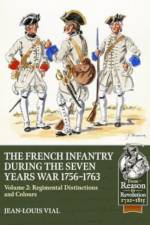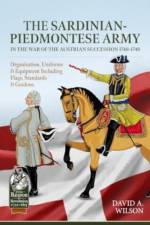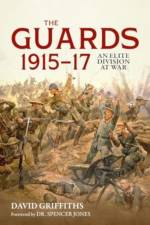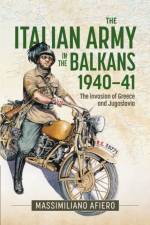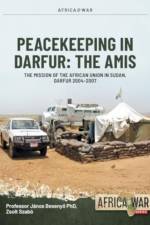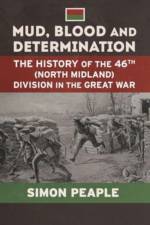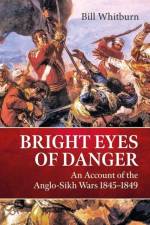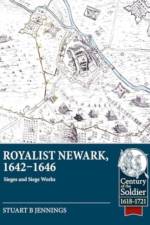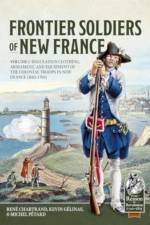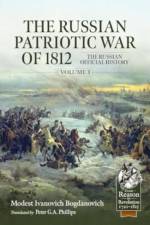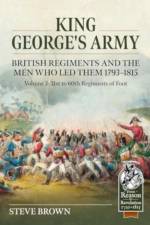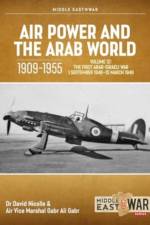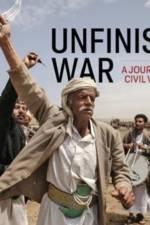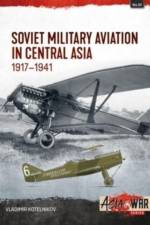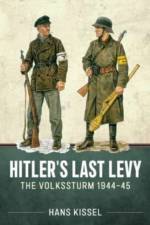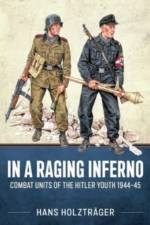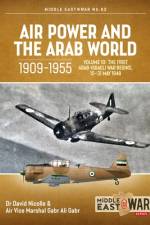- The First Arab-Israeli War Begins, 15-31 May 1948
av David Nicolle
271
Air Power and the Arab World, 1909-1955 Volume 10 continues the story of the men and machines of the first half-century of military aviation in the Arab world. It tells the story of the first two weeks of the first of the Arab-Israeli Wars - also known as the Palestine War - in May 1948. Whilst part of an ongoing series, this volume stands alone as a history of the period covered.By that time, in Egypt, Iraq, Transjordan, newly-independent Syria, Lebanon, and, to a lesser extent, Saudi Arabia, significant efforts had already been made to strengthen these countries' armed forces. Where Egypt, Iraq and Syria were concerned, these efforts included a determination to improve or, in the case of Syria, to establish their air forces. All three air forces were thrown into the First Phase of the Palestine War and, in the view of most subsequent commentators or historians, they had failed to perform as well as their government and populations had expected. However, closer investigation and the removal of layers of propaganda which have obscured the realities of this first Arab-Israeli War show that the Arab air forces performed better than is generally realized. Arguably, they had their limitations and weaknesses, and these had also become apparent as the fighting intensified and losses began to mount. All this was always clearly pointed out in Arabic sources, both official and unofficial, unpublished, or published only with limited circulation.Volume 10 of Air Power and the Arab World focuses on day-to-day events on the ground, in the air and at sea during this hard-fought phase. It does so in remarkable detail because the authors have accessed previously unpublished Arab official military documents supplemented by translations from Arabic books and articles containing official and personal accounts by those involved. Perhaps the most remarkable such source is the Operational Diary of the Royal Egyptian Air Force's Tactical Air Force based at al-Arish in north-eastern Sinai.Air Power and the Arab World, 1909-1955 Volume 10 is illustrated by abundant photographs from previously unused, or very rarely used, private and official sources, and includes specially commissioned color artworks.

